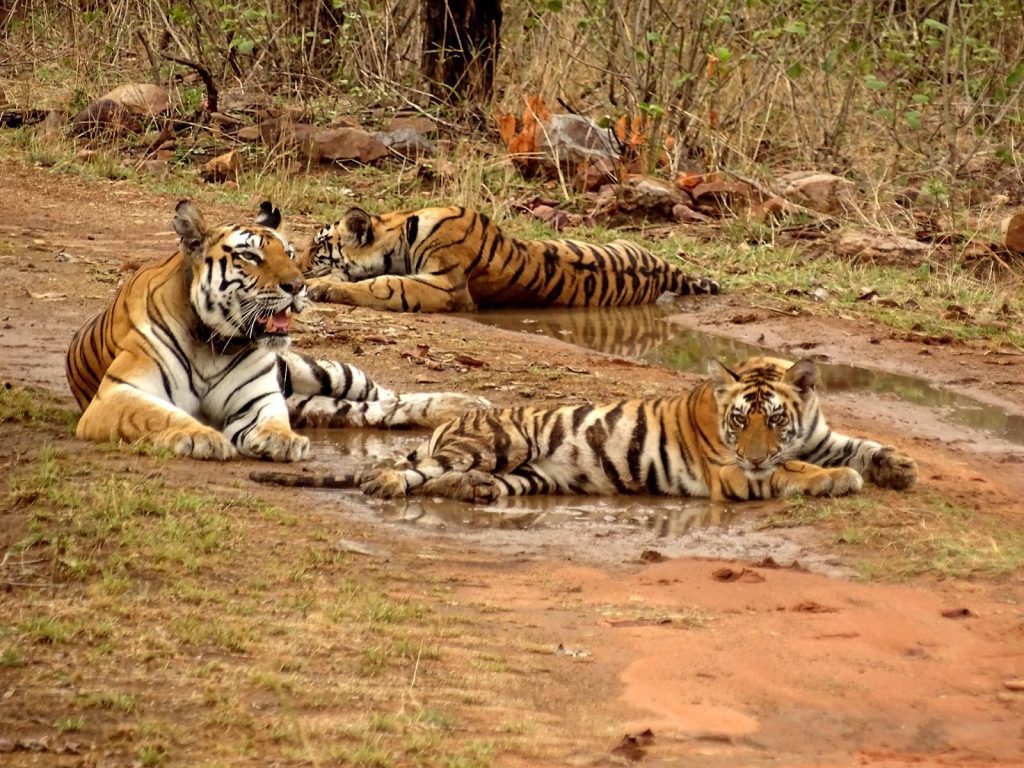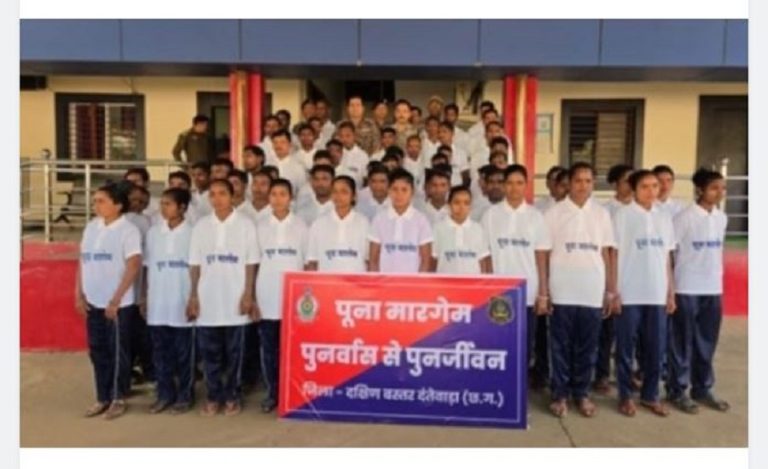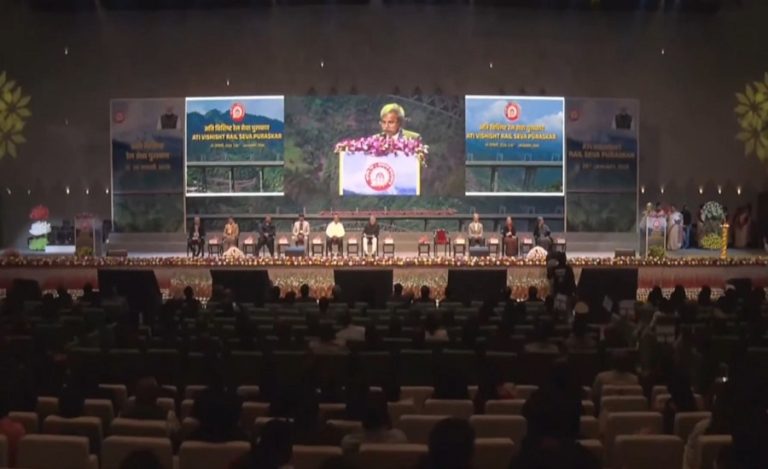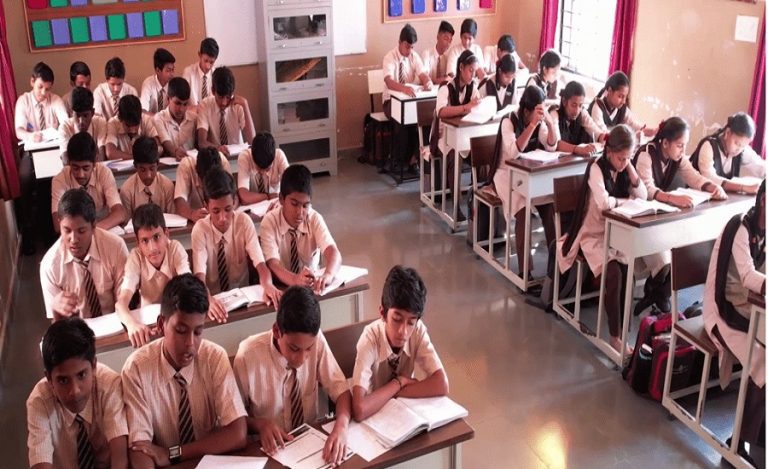Preparations are in full swing for the upcoming tiger population assessment in Uttarakhand. A regional meeting has already taken place at the Wildlife Institute of India (WII) in Dehradun, bringing together directors of Rajaji and Corbett Tiger Reserves, along with heads of other northern tiger reserves. The first phase of the census, a scientific survey, is scheduled to begin in October.
According to the Status of Tigers, Co-predators, and Prey in India – 2022 report, Uttarakhand had recorded a tiger population of 560. With the next report in the pipeline, the groundwork for data collection and fieldwork is underway. The Wildlife Institute of India will lead the census process, and a recent workshop at the institute laid out the strategy for execution.
Corbett Tiger Reserve Director Saket Badola, who attended the workshop, said that the Forest Department has been asked to provide details related to camera traps and other key inputs. Training requirements for field staff were also discussed during the session.
Badola explained that the tiger assessment is conducted in three distinct phases. The first phase, set to begin in October, is known as the Science Survey or Ecology Monitoring. During this phase, forest personnel record signs and the presence of wildlife based on field observations.
The second phase involves analysis of this data by WII scientists. Finally, in the third phase, a grid-based camera trap system is installed in the forest, based on the ecological data gathered. The photographic evidence captured by these traps is then sent back to WII for further analysis, leading to the final compilation of the report.
Uttarakhand’s increasing tiger numbers reflect a positive trend in conservation, and the upcoming assessment aims to provide updated insights into the health of tiger populations and their habitats across the state.



























